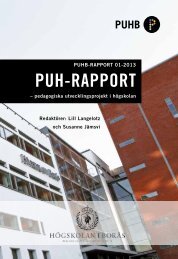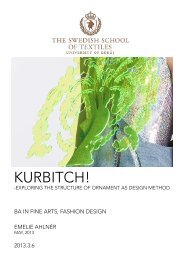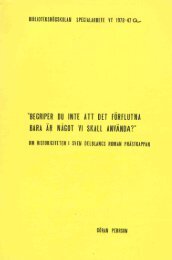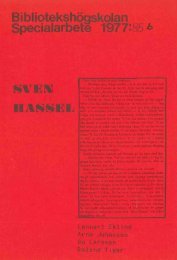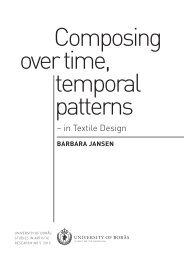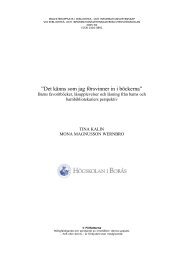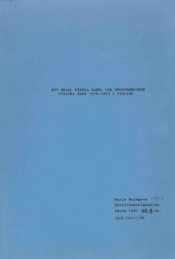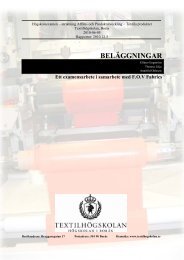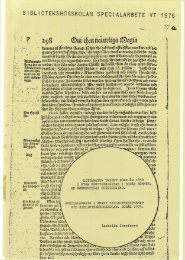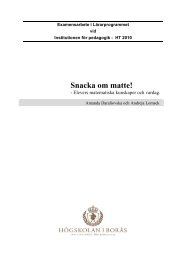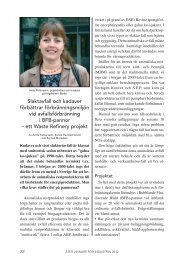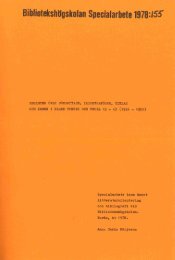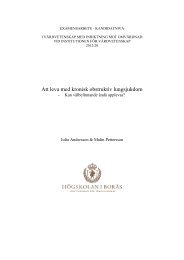2.1.8.2. Absorbency Under Load (AUL) - BADA
2.1.8.2. Absorbency Under Load (AUL) - BADA
2.1.8.2. Absorbency Under Load (AUL) - BADA
Create successful ePaper yourself
Turn your PDF publications into a flip-book with our unique Google optimized e-Paper software.
The extent of reaction can be evaluated by measuring of lysyl residues in free amino groups before<br />
and after reaction. This modified albumin will use in polymerization onto acryl amide, vinyl<br />
pyrolidone, acrylic acid and glycidyl acrylate as a crosslinker. If vinyl or epoxy groups will be less<br />
than 10% of total amino groups of protein, such kind modified proteins will not be efficient<br />
crosslinker and hydrogel can not be formed as well [45] .<br />
1.9.2.2. Albumin as a Backbone<br />
Albumin can modify by acylation reaction in order to obtain maximum hydrophilization of protein.<br />
The acylated and lyophilized albumin will be immobilized by bifunctional crosslinker such as<br />
glutaraldehyde. The rest of ε-amino groups after acylation by EDTAD react with glutaraldehyde to<br />
form crosslinked hydrogel.<br />
……………………………………………<br />
1.10. Effect of Superabsorbent structure on Swelling<br />
Swelling is a diffusion phenomenon motivated by the affinity of the absorbent molecules for the<br />
molecules of the contacting liquid. Figure 14 shows five models of swollen superabsorbent gel<br />
structures. The first Figure (a), a typical crosslinked network, has swelling limit controlled by<br />
equilibrium between thermodynamic forces due to polymer solvent interactions and entropic force<br />
of coiled polymer chains. The second model (b) is similar as a Pseudo-crosslink, which generally<br />
is an insoluble crystalline phase. In some terms model (b) may reversively transform to model (C)<br />
as a polymer diluted matrix. The (d) model is a similar to house of cards structure and also<br />
Paracrystaline state (e), which both of them are colloidal in characterization. In fact current<br />
absorbent materials are more commonly represented as model (a) or (b) [46] .<br />
Figure 14. Five models of swollen superabsorbent hydrogel structures<br />
28



